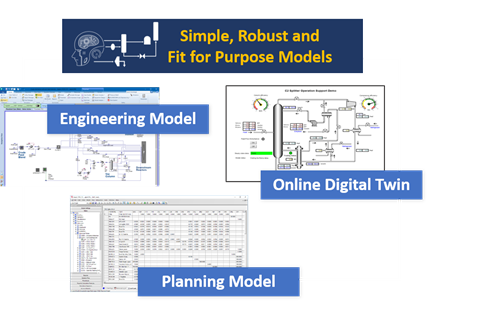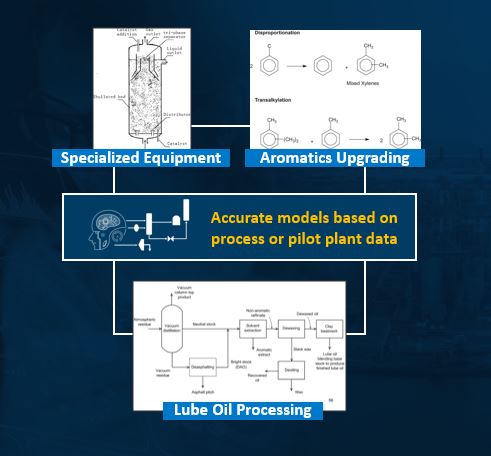Before I went overseas for a year during college, my parents bought a set of VoIP telephones that could make calls through the internet. It was a very novel thing back then. On their end, the phone worked like a landline. And on my end, I had a portable phone that I could just plug it into my laptop. This technology kept us connected all the time while everyone else had to schedule time to talk to their families so they could be online at the same time to call each other through Skype.
This seems like a blast from the past, as now we can call anyone at any time through the internet, and even have video calls and share files using our phones. But more than a decade ago, this was not possible. And what my parents and I did gave us an advantage that no one else had. We used the current technology to be connected despite distance and time difference. And we highly valued all those long chats, including a few 2:00 AM calls when I was homesick and needed to feel closer to my family.
Aspen Hybrid Models- Novel Technology to Part of Manufacturing’s Day-to-Day
When I think about Aspen Hybrid Models,™ I often think about this story. Hybrid Models are a novel technology that in the future will just be part of our day-to-day in the manufacturing industry. And just like the internet phone I had, companies adopting this technology now will start to obtain valuable benefits immediately, while differentiating themselves from others and becoming leaders in their business.
Aspen Hybrid Models are an exciting innovation in the field of chemical engineering, and you can read more about them in our Point of View paper. AspenTech has validated over 100 different use cases and has worked with over 60 companies to test and develop Aspen Hybrid Models, proving this technology will help businesses with immediate and long-term challenges.
Using Hybrid Models in a VUCA Environment
Companies today are facing growing pressure to be more agile and increase productivity. And engineers need tools to perform accurate calculations more quickly. One example would be when oil and gas companies need to allocate gas to various sources of production to account for their operations and comply with contracts, pay taxes, royalties, etc. With Aspen Hybrid Models, upstream operators can develop accurate models of their processes. These models solve problems much faster than the original models and are easier to understand, so multiple staff across the organization could use them for faster gas allocation analysis. This benefit can be extended as models are deployed for maximized production, energy reduction and sustainability strategies.
A similar example can be applied in refining, where Aspen Hybrid Models can be used to update the planning models through a seamless workflow, saving almost 50% of the time typically used, delivering accurate models that are valid over a wider range of conditions and, conservatively, creating benefits over $10 million USD per year for a typical 200,000 BOED refinery.
Plant Digital Twins—Deploying Aspen Hybrid Models Online
Online hybrid models offer a great advantage in solving time and robustness, while maintaining the same accuracy as a rigorous model. And they are essential in today’s work environment. Models can represent plants and equipment or can be created for specific properties and KPIs such as compressor power, air cooler fouling, heat exchanger duty, etc. And when combined with data from plant instrumentation, different stakeholders can make more informed strategic decisions for operating the plant and respond to today’s market changes to increase yield (1-5%), increase throughput (5-10%) or reduce energy demand (5-20%).

Simulating D-to-Model Units
When we combine first principles and AI through Aspen Hybrid Models, it is possible to use data from different sources to easily create models of complex and custom processes and unit operations. Process data can be used to predict performance of specialized columns, separation equipment such as membranes, or some specialized refinery reactors and processes. Lab data can be used to improve property estimations in existing models. And pilot plant data can be used to create models of new technologies, accelerating proof of scale up economics and commercial viability. And these are only a few examples.

Hybrid Models at Large Scale
With the flexibility to model diverse process in the manufacturing industry, Aspen Hybrid Models have multiple value applications. But scaling these models to large applications can really help with longer-term business objectives, such as monitoring asset-wide emissions or reducing site-wide energy use. With Aspen Hybrid Models we are pushing the boundaries of what is possible, and we are making it easier to create and run large models for refinery-wide assets, integrated oil to chemicals processes, large petrochemical facilities and more.
As you can see from some of these use examples, we are looking at a technology that can be extended to many applications and is changing how we work. Aspen Hybrid Models is already proving to be very valuable to companies around the globe and could give you the advantage to be part of the leading organizations worldwide currently embracing Industrial AI as key driver of their digitalization journey today.
To learn more about Aspen Hybrid Models, visit our solutions page.






Leave A Comment